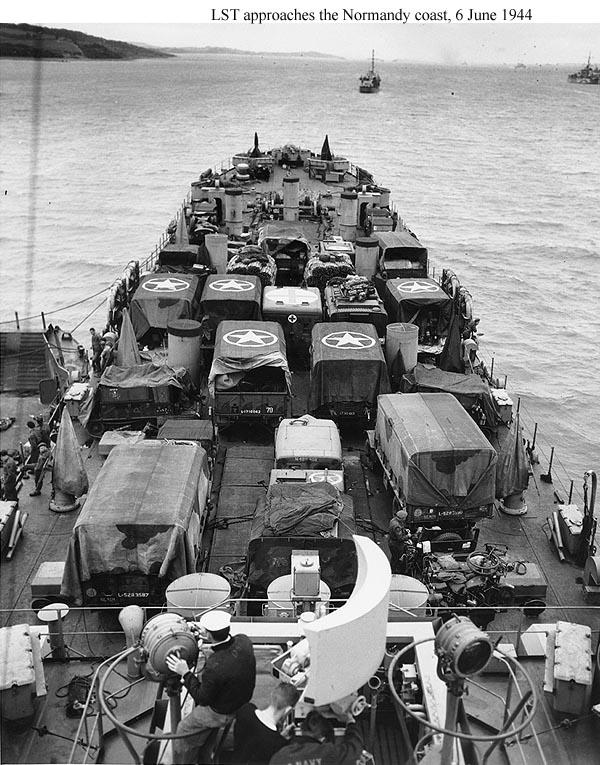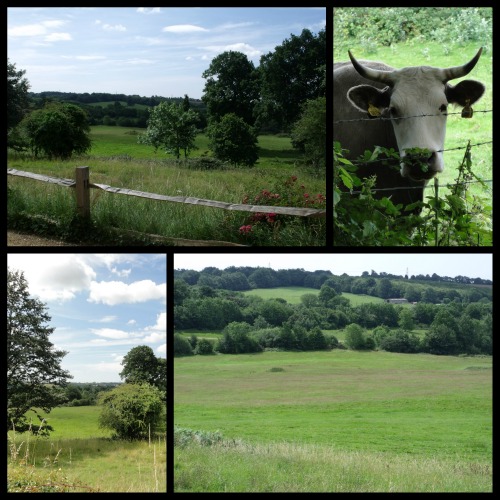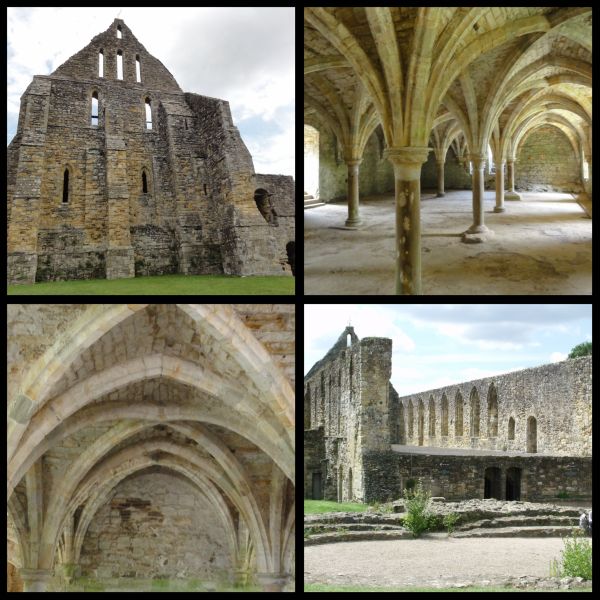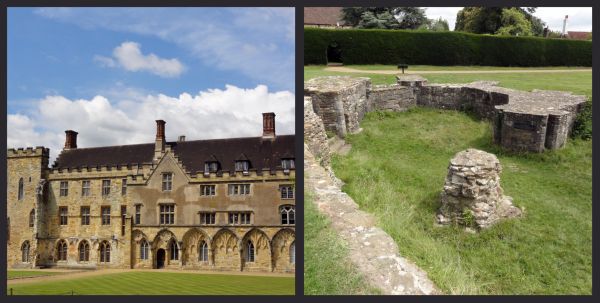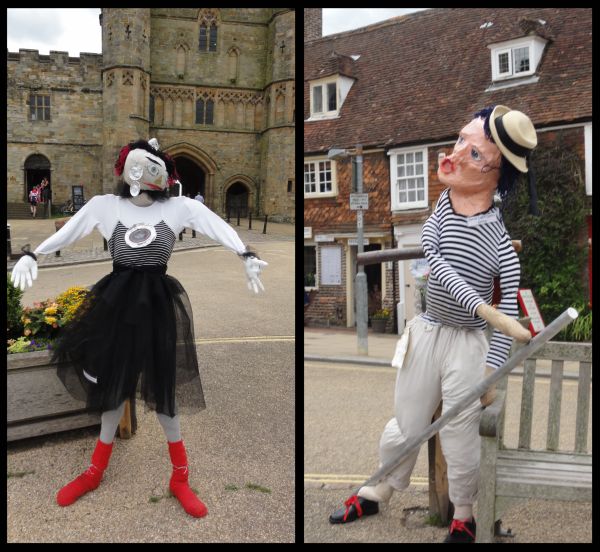I’m pretty much a pacifist. I am married to a pacifist. Although I don’t judge those who choose the military as a career or as a way to gain an education, I wish we didn’t have to make that choice at all. I wish that our global community could learn to get along by using our words.
That being said, visits to two very important battlefields in France and England have been meaningful and spiritual. This photo is the closest I can get to my father’s experience when he landed at Omaha Beach in Normandy in 1944. As a part of our river cruise on the Seine last year, we spent a day roaming around the Normandy beaches.
The day that we were docked near Normandy, we had a choice of visiting the Normandy battlefields or going to Mont St. Michel or going to see the Bayeux Tapestry. The Bayeux Tapestry depicts the events of the Battle of Hastings, and was most likely created in about 1070. Since my dad landed at Normandy, it was really important for me to see that, but I didn’t really understand that seeing the Tapestry would set me up for understanding this year’s visit to the site of the Battle of Hastings.
When I look at these pastoral scenes, it’s hard to visualize the enormity of an army composed of mostly foot soldiers under the command of King Harold II being ambushed by a far superior Norman-French army of archers, cavalry, and infantry working cooperatively together and led by Duke William II of Normandy. The Battle of Hastings occurred on October 14, 1066, during the Norman conquest of England, and marked the last successful foreign invasion of the British Isles. Harold II was killed in the battle—legend has it that he was shot through the eye with an arrow. Harold II became the last English king to die in battle on English soil until Richard III was killed at the Battle of Bosworth Field. Although there was further English resistance, this battle is seen as the point at which William gained control of England, becoming its first Norman ruler as King William I and is known as William the Conqueror. (Don’t judge me, but I got a lot of this from Wikipedia and I have to give credit.)
These two battlefields remind me of how I feel when I visit the Gettysburg Battlefield — horrified and sickened at the loss of life. Apparently, so was Pope Alexander II, because he ordered the Normans to do penance for killing so many people during their conquest of England. William the Conqueror vowed to build an abbey where the Battle of Hastings had taken place, with the high altar of its church on the supposed spot where King Harold fell in that battle. He did start building it but died before its completion; it was finished in about 1094 and consecrated during the reign of his son William Rufus. William the Conqueror had ruled that the Church of St. Martin of Battle was to be exempted from all episcopal jurisdiction, putting it on the level of Canterbury. It was remodelled in the late 13th century but virtually destroyed during the Dissolution of the Monasteries under King Henry VIII. That’s the Battle Abbey we visited — another reminder of how powerful and ruthless Henry VIII was — and we were able to walk freely through the ruins.
These buildings were used as dormitories and workrooms; the actual church only exists where there has been excavation of the crypt, and a plaque marks the site of the high altar that was placed where King Harold was killed. Some of the Abbey buildings are used as a school.
As with most of the other places we have visited in Europe, really ancient and important relics and buildings are often side by side with evidence of normal people living normal lives. The same applies to Battle; the town square right outside of the gatehouse to the Abbey was decorated with garish figures advertising an upcoming theater presentation. That’s probably why I love history so much — it’s just a bunch of stories about people living their lives — and at Battle, the living coexist with the dead in perfect harmony.
